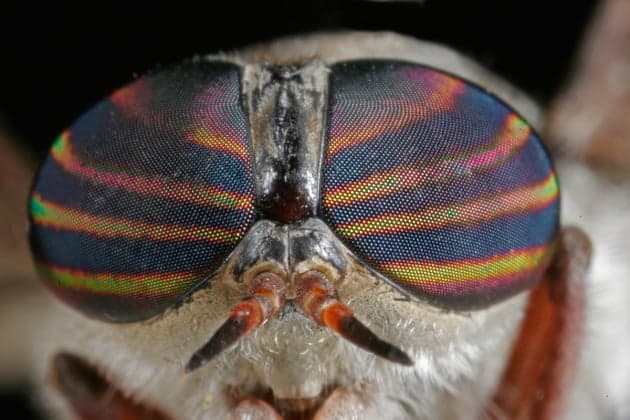I mini drones, or drones that have the shape of an insect are very particular robotic devices, as they manage to enter places inaccessible to humans, photographing what they see and therefore offering a real-time report of the situation. It is an area in which science is investing a great deal, and which is therefore becoming increasingly sophisticated.
But as insect drones can see in condition low light? To create an interesting and useful model, researchers at the Swiss Federal Polytechnic were inspired by insects, the real ones, which possess a very special visual apparatus. Insects don't see very well in terms of resolution, but they compensate for this imbalance by being very sensitive to light and moving bodies.
The Swiss researchers have therefore created an artificial robotic sight which does not have infinite resolution, but which is sensitive to movements and also to light, to allow these robotic jewels not to 'rattle' in dark conditions but still be able to make the most of the existing light conditions, even the most minimal.
THEsynthetic eye it is 2 cubic millimeters in size and weighs just 2 milligrams. It is a device created with a lens connected to three photosensors arranged in a triangular configuration which record electromagnetic radiation during flight. In this way the flying robot is controlled by a software that calculates the distances and allows it to move easily even in very extreme conditions as regards the light. Although this is a very important scientific discovery, the aim of the researchers is to equip insect drones with a multiple eye system, which could in the future allow us to obtain a complete view of the place and facilitate the landing and monitoring of the most special areas of our planet.


